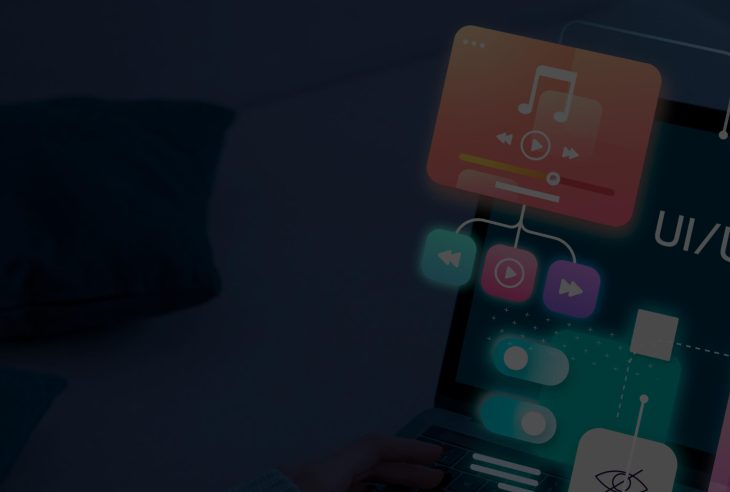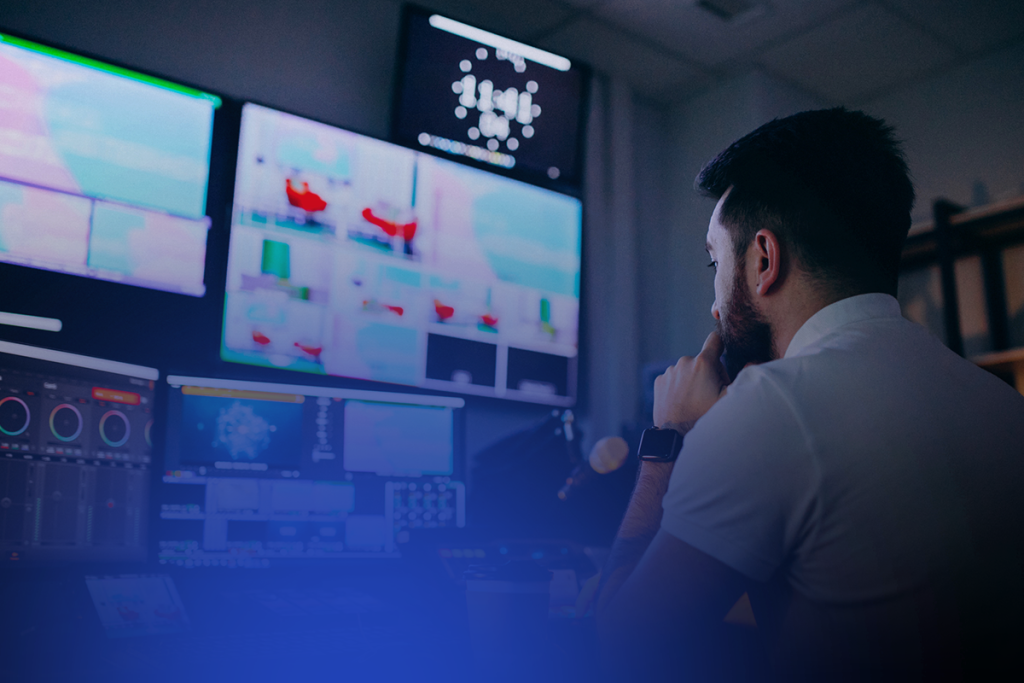The Criticality of the UX Designer-Engineer Synergy
Interactions between UX designers and engineers is a crucial collaboration that greatly impacts the success of a product. The UX Designer focuses on creating intuitive and user-friendly interfaces, while the engineer brings those designs to life through coding and implementation. Effective communication between the two is essential for harmonious workflows.
UX designers have two major roles:
- Understanding stakeholder requirements and coming up with user personas, user task lists, user journeys, and information architecture as required
- Conveying their design concepts and user requirements through wireframes, prototypes, and design specifications to guide development and ensuring a shared understanding of the desired user experience
On the other hand, engineers help UX designers understand the technical feasibility of the designs. They provide feedback based on implementation challenges, suggesting alternative solutions when necessary. Regular meetings and discussions between the parties help identify potential issues early on and foster a cooperative environment. Through this symbiotic relationship, UX designers and engineers enhance each other’s expertise, finding the right balance between user experience and implementation feasibility. Their collaboration ensures that the end product meets user expectations and aligns with technical constraints, resulting in seamless user experience and a successful product.
Co-Working Challenges
Engineers and designers collaborate when an idea comes to the execution stage. They first understand the various aspects of the project before collaborating. This includes understanding the stage at which the product is, customer segment, research on market gaps, and timelines of expected deliverables along with short and long term goals.
However, collaboration between UX designers and engineers can pose certain challenges that must be addressed for successful outcomes. Miscommunication or a lack of clarity between UX designers and engineers has been considered the biggest challenge, as it can lead to misunderstanding and discrepancies in the final product due to lack of documentation and approvals. Another challenge is the difference in each team’s priorities. While UX designers prioritize user experience and design aesthetics, engineers focus on technical feasibility and implementation. It is also observed that their interdependence may delay the final product. Change is perhaps considered a universal challenge. There is significant resistance to adopting new processes, tools, or approaches between UX designers and engineers. This also becomes a hurdle during knowledge transfer or developing new skills.
Best Practices for the Right Synergy
Early involvement: UX designers should engage engineers in the design process. Engineers gain a deeper understanding of the project goals and user needs by being included in discussions, brainstorming sessions, and user research activities, including user persona, user flows, among others. Designers and engineers should be involved from the project’s inception to establish a shared understanding of goals and constraints. This will also help to understand what different components are supported by the development libraries chosen, what other third-party libraries are needed for more interactive elements, how the theme can be modified, and how to design different states like loading, errors, notifications, etc.
Understanding stakeholder problems together: Before starting the design process, designers and engineers must understand the stakeholder’s pain points and their WHYs. This step is critical in reducing iterations and ensuring the design process is smooth and hassle-free.
Clear communication: Regular and open communication channels between UX designers and engineers are vital. They should hold frequent meetings, share progress updates, and promptly address questions or concerns. Tools like project management software, chat platforms, and shared documentation can facilitate effective communication. Documentation and MoM writing should also be part of the process to ensure both parties have a clear understanding of each other.
Mutual understanding: Establishing a shared vision and understanding of the project’s objectives and constraints helps align the efforts of designers and engineers. UX designers and engineers should invest time in understanding each other’s roles, responsibilities, and constraints. UX designers can learn about technical limitations, while engineers can grasp design principles and user-centered thinking. For example, if developers decide to use the Material UI framework, then components introduced in design should match the design specifications offered by the library. Based on the timeline, designers should also understand how much customization is really needed in a component so developers can quickly integrate the changes.
Collaborative design and UI implementation review: Conducting reviews together encourages collaboration and enables both parties to provide valuable feedback. Engineers can contribute insights on implementation feasibility, performance considerations, and technical implications. UX designers, in turn, can address design challenges and refine their solutions based on engineer feedback. Regular design and UI reviews encourage collaboration, ensure quality, and promote cross-disciplinary learning.
Iterative prototyping: Collaboration aids building prototypes that are functional and interactive. Engineers can assist UX designers in prototyping by giving them the necessary information so that they can use these inputs to create the expected flow. This iterative process enables both parties to refine the design and identify potential issues early.
Documentation and handoff: Clear documentation is essential to ensure a smooth handoff from UX designers to engineers. This starts with designers creating basic user journey flows to more detailed design specifications, style guides, and asset libraries to help engineers implement the desired user experience accurately.
Continuous learning: Embracing a mindset of continuous learning and professional development allows designers and engineers to stay up-to-date with industry trends and to enhance their collaboration skills. Both designers and engineers should invest in learning each other’s disciplines up to a certain conceptual understanding level to enhance collaboration and problem-solving. This includes being open to knowing what the other person is offering to teach without hubris.
With more sophistication in collaboration tools, communication between UX designers and engineers will become even more integrated and seamless. With increasing emphasis on user-centric design and the growing demand for personalized experiences, UX designers and engineers are expected to work closely together right from the start of a project. Emerging technologies will facilitate real-time collaboration, enabling effective communication throughout the development life cycle.
At GS Lab | GAVS we decrypt complex technologies with minimalist UI/UX. For more on our UI/UX offerings for digital experiences that drive product acceptance please visit https://www.gslab.com/user-experience-design/




